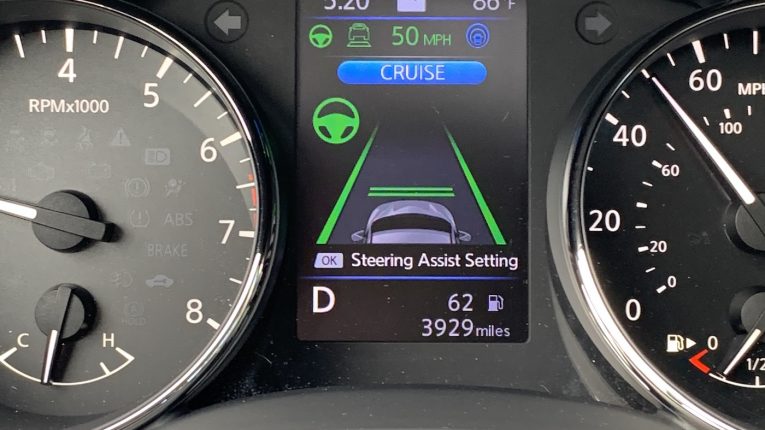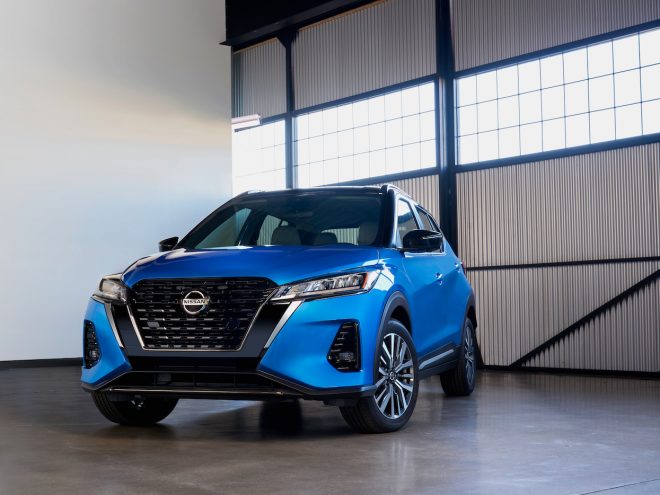
What Are The Most Common Reasons For Failing Your Driving Test?
Everyone gets nervous when they are about to have their driving test. There is, after all, a lot at stake. Not only have you spent time, effort, and money in learning how to drive, but once you have your driving licence, you will have much more freedom; you might even be able to apply for better jobs as you will more easily be able to get there, or you could visit family more often, or simply have the choice as to where you go and when.
So although your driving test is, in essence, just like any other driving lessons or any other time you get behind the wheel of a car to drive it, the added pressure of what failing could mean when it comes to your plans can make you much more nervous than you need to be. If you want to find out more information about failing your driving test, then visit here.
With this in mind, it’s useful to know what the most common reasons for failing a driving test are. If you know them, you can make sure you aren’t going to make those mistakes and help yourself pass. Read on to find out more.
Junctions
Junctions are a big part of driving; it’s unlikely that you’re never going to come across any in your day to day life. Yet even though we use them all the time, they can be dangerous and are often a reason why you might need an expert personal injury lawyer. Therefore, they can be a problem on your driving test, especially if you fail to use your mirrors correctly.
As you are approaching the junction, use your mirrors. Check the flow of the traffic and slow down in plenty of time. Plus, you must never stop the car over the white line at the junction.
Turning right out of a junction is an issue by itself. The vehicle should be positioned closer to the centre line than the middle, but never over it. Your mirrors must be checked, and the exit of the junction is going to be about timing. Never rush it.
Positioning
When you are driving your car on your driving test, you might be concentrating so much on your mirrors, your signalling, your clutch control, and everything else that is going on around you that your positioning on the road can slip.
You must keep your car in the centre of your side of the road. Going too close to the kerb and parked cars is potentially dangerous, although perhaps not as dangerous as meandering over the central line without realising it. Keep the car moving in a straight line and stay in your lane.
Response To Signals
Response to signals essentially means doing the right thing at a traffic light. Drivers must be alert at these signals and ensure they are paying close attention to the lights. When it is time to move off after the lights turn green, a prompt, safe response is required. It could be dangerous to stall the car at this point, so be gentle when starting off.
When the lights are red or turning red as you approach them, you must slow in plenty of time. Going through a red light on your test is an immediate fail, so you must be looking at what is happening ahead of you on the road.










[…] Even if you’re a careful driver, the glare could make you miss traffic lights, causing delays in your reactions to signals. It’s important to be careful when approaching intersections and traffic lights in a bad […]